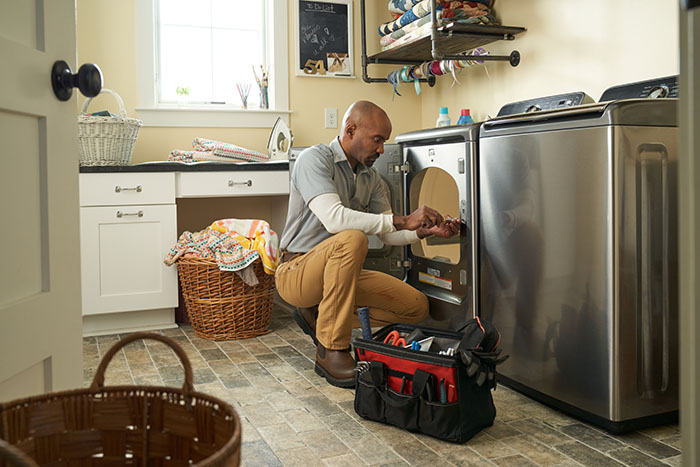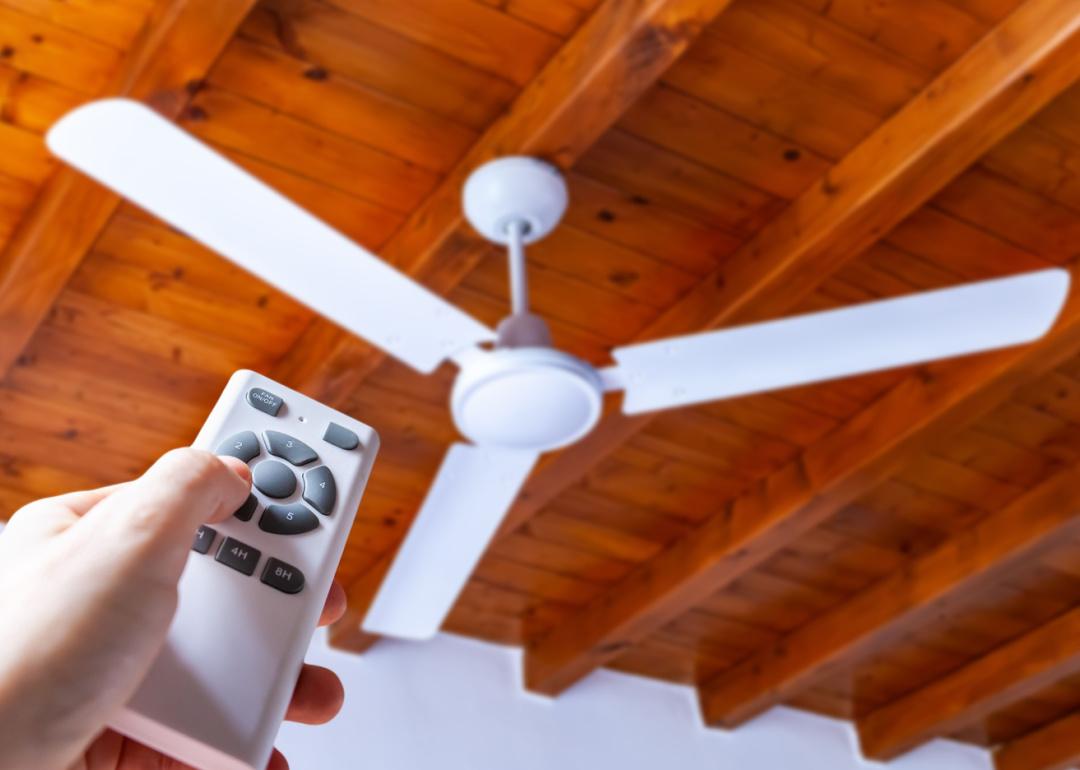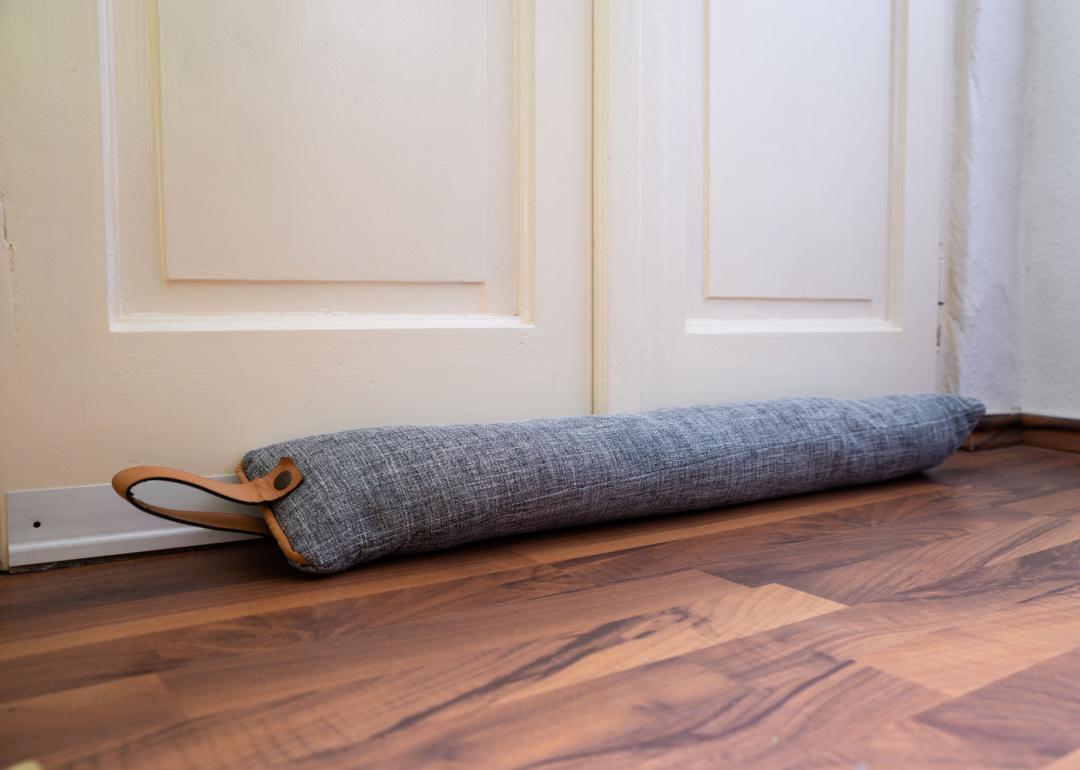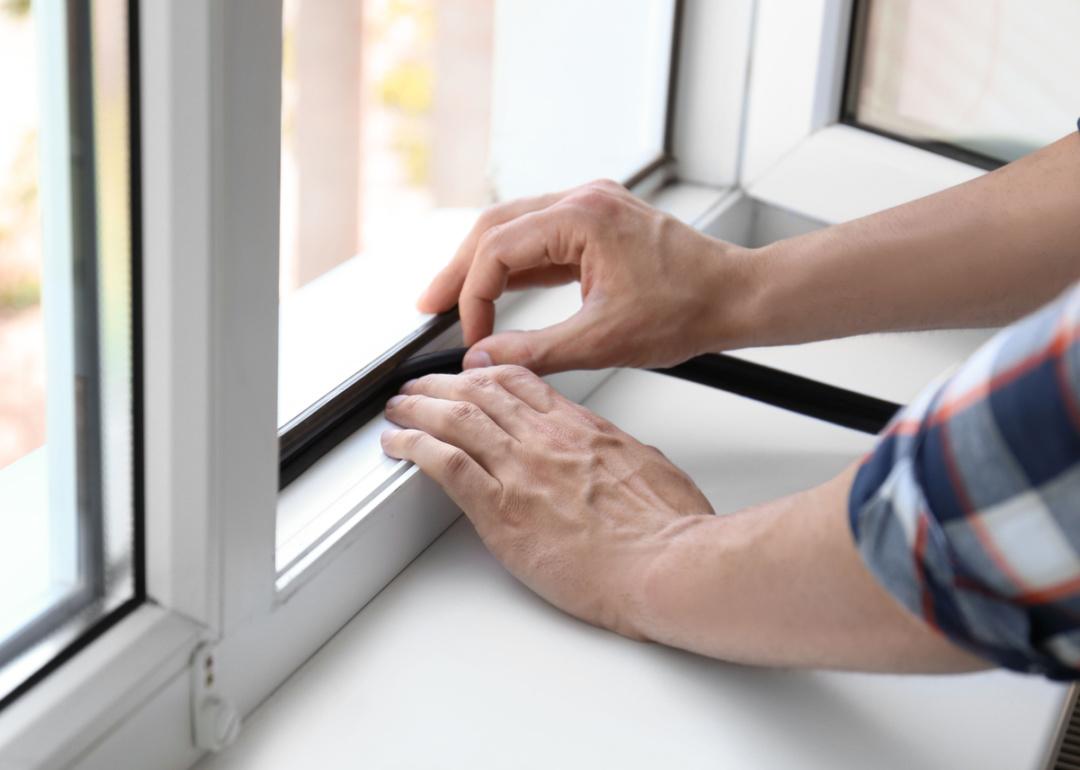Weatherstripping
The next time you open the refrigerator, notice where the door closes onto the fridge. There's a strip of flexible plastic to keep the cold inside and maximize efficiency.
You can use the same concept to keep the cold out of your home. Weatherstripping, which comes in different shapes, can be cut and folded to fill spaces around windows and doors, even on a garage door. There are special gaskets for electrical outlets, too.
One creative way to look for drafts is to carry a lit stick of incense and see if the trail of smoke is disturbed near the window or door.

Plastic over windows
If you're serious about keeping the cold out, consider sealing entire windows with plastic. One report suggests that heat leaking from your windows could add up to as much as 30% of your home's heating bill.
Instead of trying to block drafts here and there, window sealing takes care of everything in one big action. In chillier parts of the world, where temperatures can stay below freezing for months, people know they won't open their windows for quite some time.
If that describes your climate, consider products that provide insulated plastic to cover your windows. The clear plastic lets light in while blocking drafts.
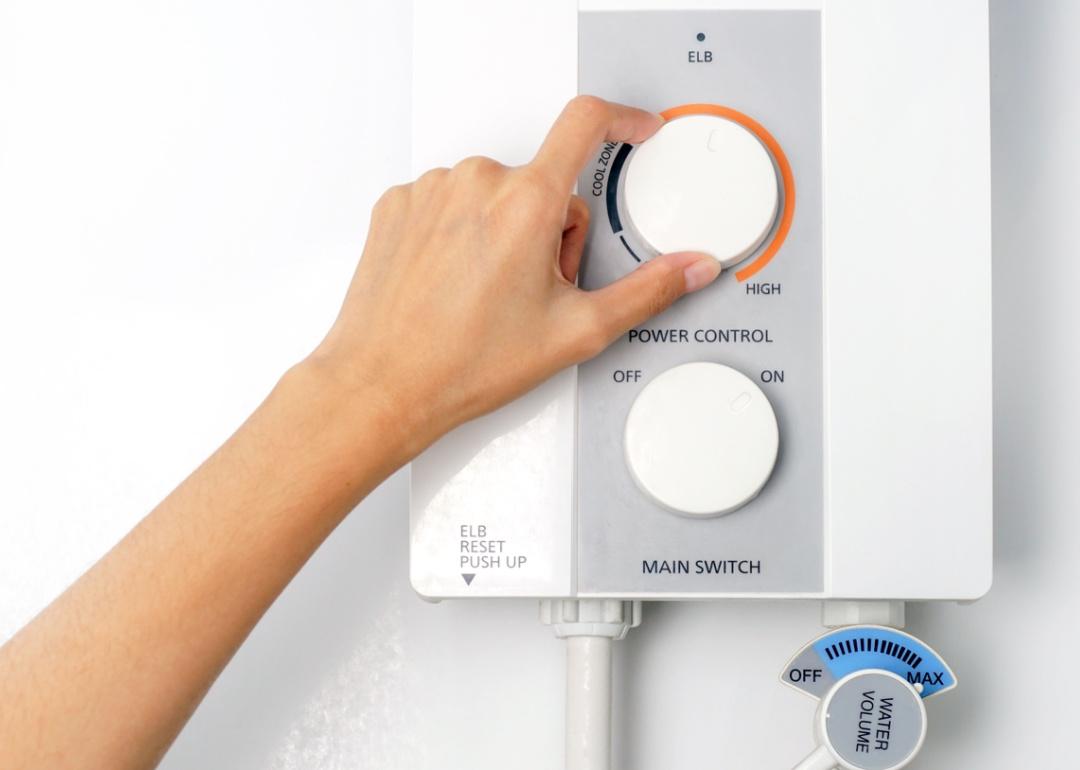
Water heater insulation and settings
Few experiences are as enjoyable as a nice, hot shower on a chilly morning. Your water heater keeps you warm and comfy—consider returning the favor with an insulated jacket.
Insulating your water heater can save you 7-16% in water heating costs, according to the Department of Energy. Because these insulators are relatively cheap, they may pay for themselves in just a year.
Also, consider turning down the temperature. Many units have a default setting of 140 degrees, but many homes are just fine with a setting of 120.
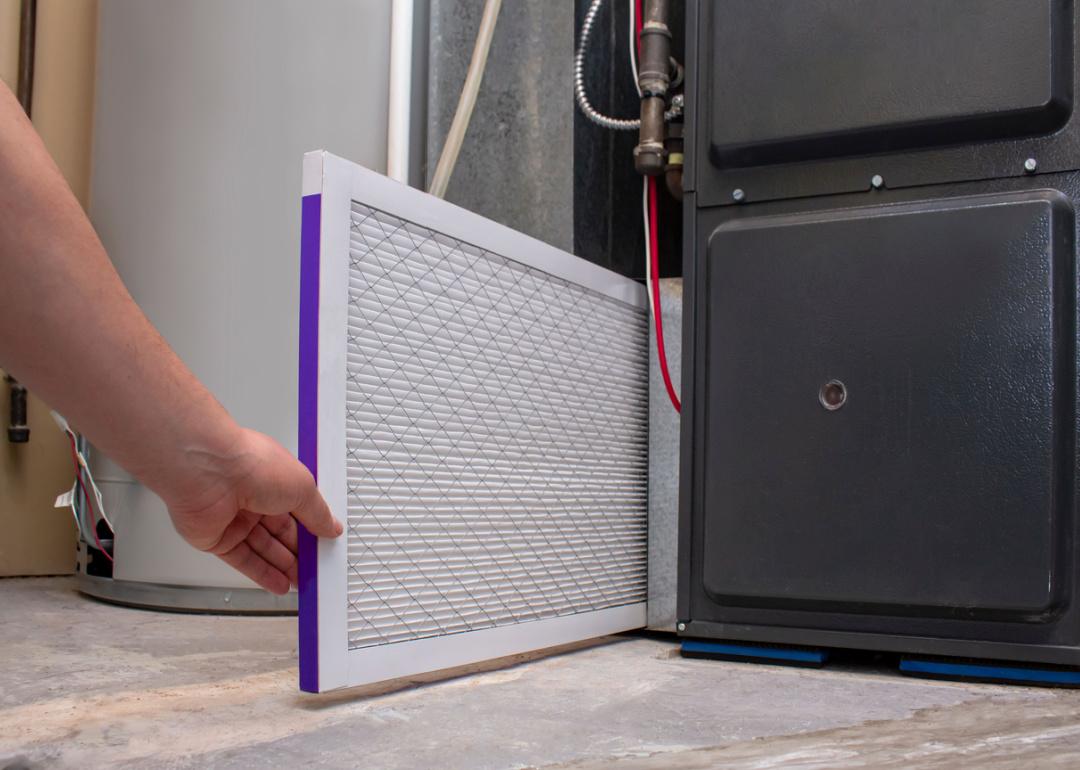
Change your air filters
Beyond keeping cold air out and warm air in, you can save even more on your heating bills by making your existing equipment more efficient.
Furnaces and air-handling units have air filters, which clean the air before it is heated and distributed throughout the house. The dirtier these filters are, the harder the air handler has to work to suck in air and warm it up.
Check your manual for specific guidance. Some sources suggest air filters should be changed every three months and sometimes as frequently as every month.
AFFORDABLE HOME WARRANTY PLANS
Learn more about flexible home warranty costs and find an affordable home warranty plan that suits your needs.
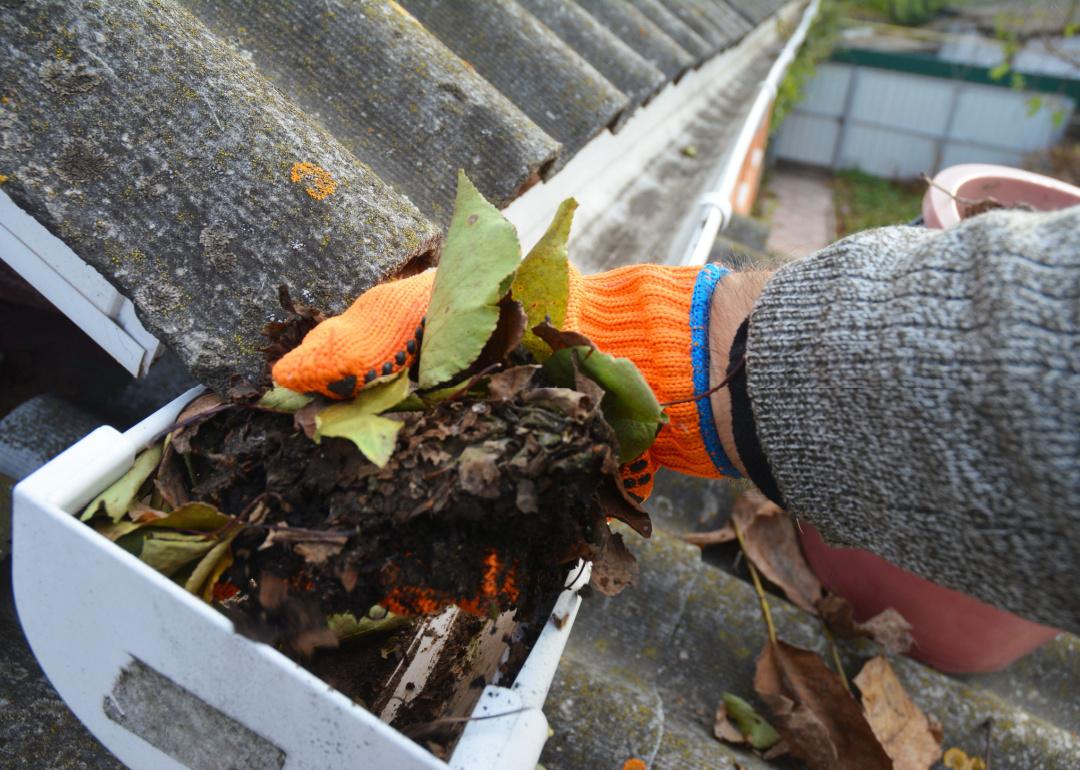
Clean your gutters
If you have gutters on your house, consider adding the unenviable chore of cleaning your gutters to your fall to-do list. It won't cut your heating bill, but it's an inexpensive way to save yourself a serious headache and some major expenses—and is a core part of winterization.
Leaves trapped in your gutters can collect water and clog the downspouts, which are supposed to direct water away from the house. Gutters clogged with leaves overflow and send water spilling down along your foundation.
When that water starts to freeze, that mild annoyance can become a serious problem. The added weight from that ice can damage gutters, potentially leading to a costly repair or replacement. And the ice can back up under the roof's shingles, starting leaks in your ceilings.
